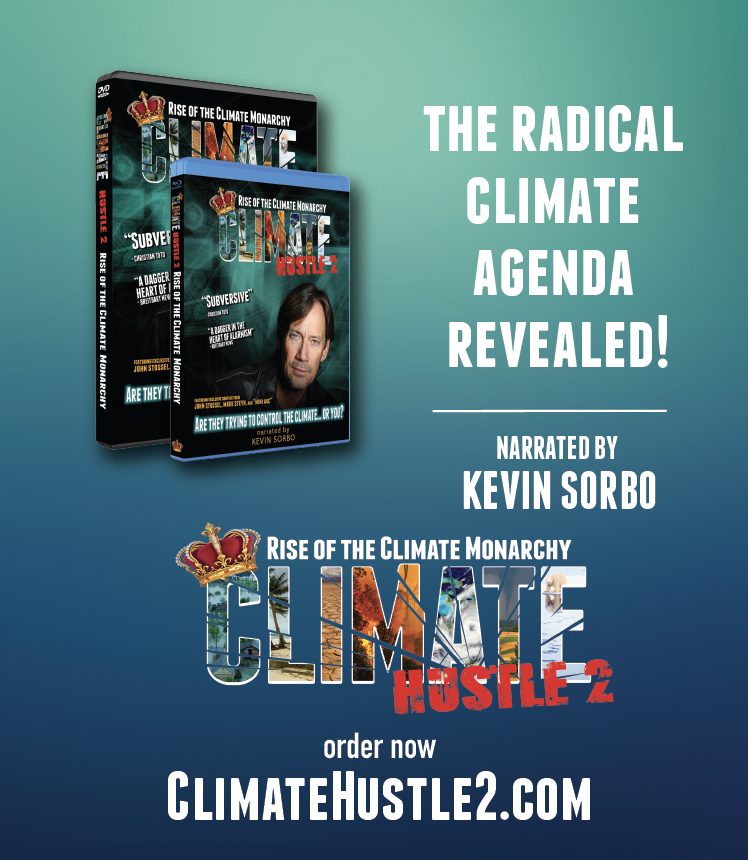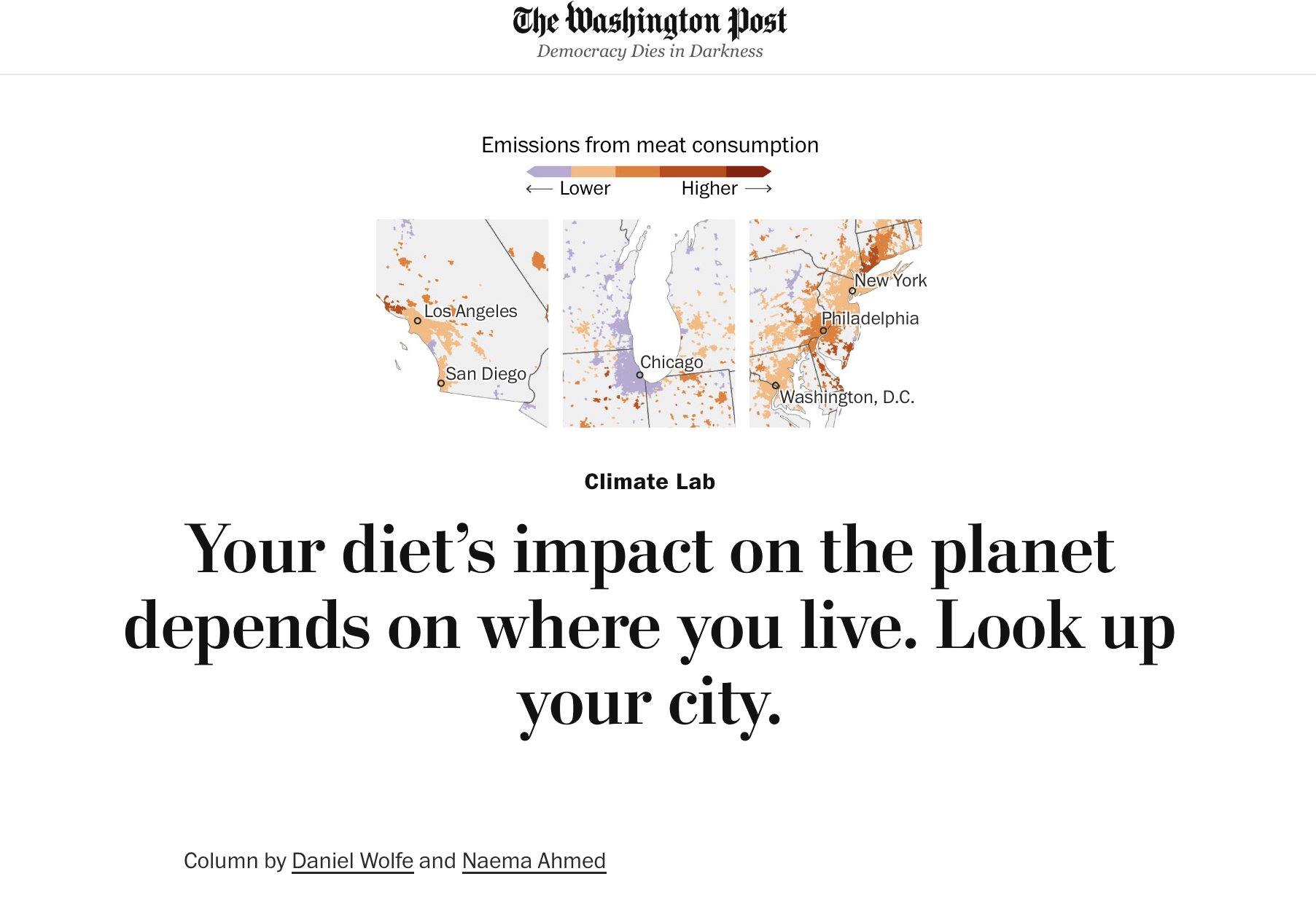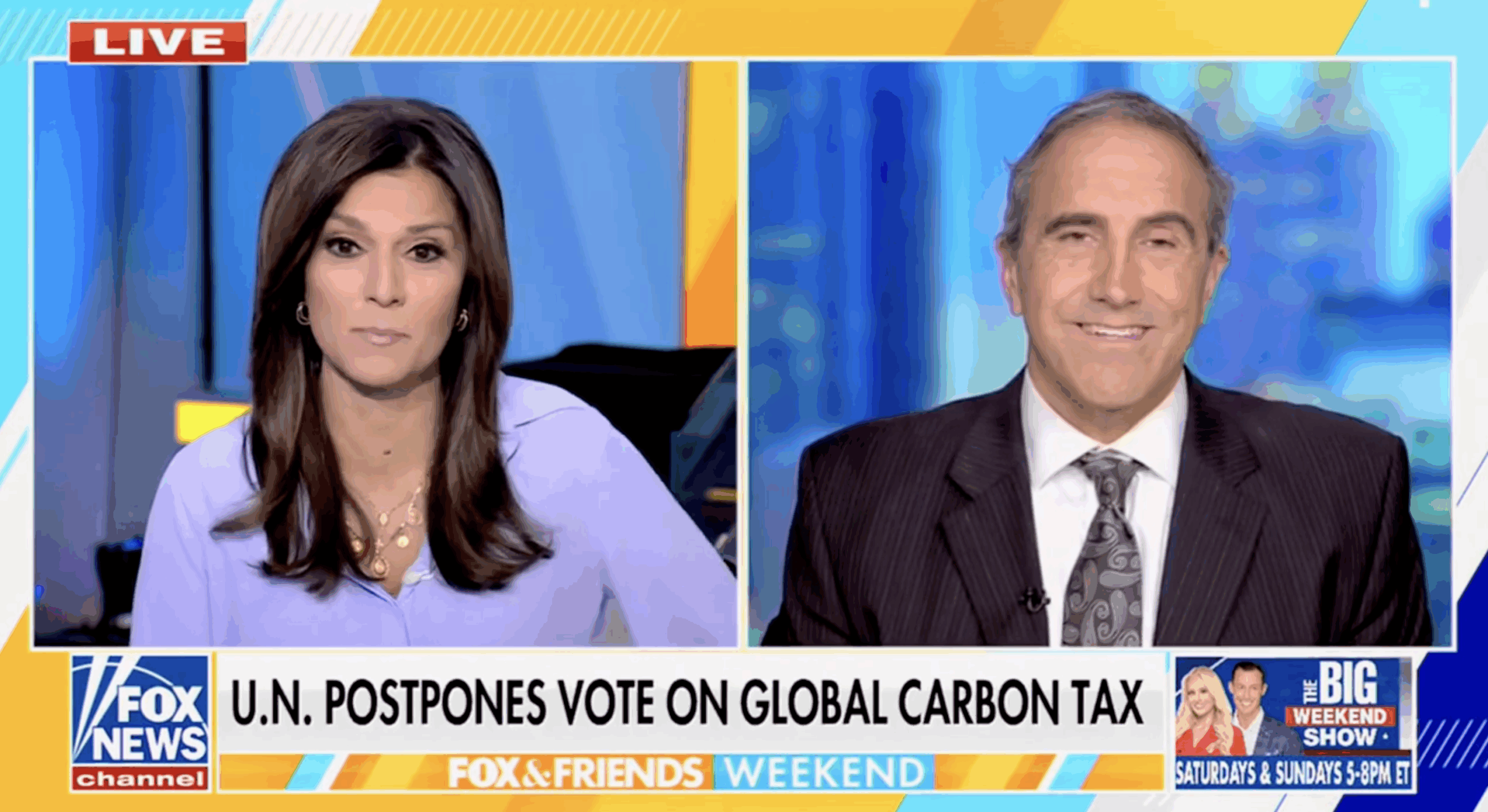https://www.eenews.net/articles/doe-climate-report-could-create-problems-for-epa/
By JEAN CHEMNICK
The agency may need to ditch its scientific justification for repealing the endangerment finding that underpins most climate rules.
Science played only a bit part in EPA’s July proposal to scrap the scientific basis for most of its climate rules.
In the final version, it may barely make an appearance.
The draft rule to undo the endangerment finding leaned heavily on a new legal reading of the Clean Air Act asserting that EPA has no authority to regulate greenhouse gases for their effect on climate change. But EPA also floated an “alternative” rationale — one focused on science and drawn almost exclusively from a Department of Energy report that downplayed the risks and severity of climate change.
That report is now in limbo after DOE disbanded the so-called Climate Working Group that wrote it. The agency has come under fire — and a lawsuit — for the process that led to the establishment of the working group, which was staffed with five climate contrarians hand-picked by Energy Secretary Chris Wright.
The legal uncertainty — and last week’s report by the National Academies of Sciences, Engineering and Medicine calling climate change “beyond scientific dispute” — may be enough to convince EPA to drop its scientific argument altogether, some experts said. EPA gains little and risks much by wading into the choppy waters of climate science in its bid to overturn the 2009 finding that greenhouse gases harm human health.
“I wouldn’t be surprised if it doesn’t play much of a role at all in the final rule,” said Jody Freeman, director of the Environmental and Energy Law Program at Harvard Law School. “That would be smart. If they’re not smart and they leave it in there, they’re just inviting a court to say, ‘You ignored the overwhelming science, and under arbitrary and capricious review, you can’t.’”
Jeff Holmstead, a partner with Bracewell who led the EPA air office during the George W. Bush administration, agreed that EPA could drop the scientific rationale in the final rule. The agency, he said, could explain its decision by pointing to the public comments it received for the draft rule, many of which likely mention the National Academies report.
“One option they would have is just to say ‘we’ve gotten all these comments and we’ve been persuaded that climate change is a serious problem, but nevertheless, we don’t have authority to regulate CO2 emissions from vehicles … because it’s not the kind of pollution that Congress wanted us to deal with,’” Holmstead said.
EPA proposed the endangerment repeal in July and plans to finalize it in December. In the rush to get it across the finish line, even some conservative activists seem willing to scrap efforts to question scientific consensus as part of the rulemaking.
“The scientific establishment is locking arms,” Myron Ebell, who led President Donald Trump’s first-term EPA transition team, said, referring to the National Academies report. “And perhaps the right way to proceed is to just make it on the legal argument. To do it very quickly after the comment period is closed and the comments have been addressed, get it done fairly soon and get it into court.”
‘The report is not usable’
EPA’s proposed repeal of the endangerment finding references the DOE report 28 times to challenge the scientific consensus that human-caused greenhouse gas emissions endanger public health by driving harmful warming.
Scientists have widely criticized the DOE report, which relies on cherry-picked data and misleading climate claims. Former Biden officials and environmental groups also say DOE violated laws governing how agencies seek advice and recommendations from outside experts, as well as skirted requirements to vet research used in policy decisions.
EPA’s proposed endangerment repeal states that the agency “reviewed and relied upon” a draft version of the DOE report dated May 27 — two months before it was issued publicly.
Rachel Cleetus, policy director for Union of Concerned Scientists, said that indicates both agencies violated the Federal Advisory Committee Act. UCS and the Environmental Defense Fund have sued DOE and EPA, asserting that DOE violated the act in setting up the working group and EPA in using it as the basis of a policy decision.
“What [EPA is] citing is a draft version of the report, so they clearly had access to the report well before it was sprung on the public,” Cleetus said. “What that means and how much they were involved — this is why we’re asking for release of documents and records, because they’re violating [the Federal Advisory Committee Act] in a lot of different ways.”
Wright dismantled the working group and argued in court filings that it made the lawsuit moot. Report author Judith Curry has since said DOE “really didn’t dot all the I’s and cross the T’s” to make the group official.
Last Thursday, a federal judge agreed that the DOE working group should have followed laws governing how agencies solicit advice from outside experts. Judge William Young of the U.S. District Court for the District of Massachusetts dismissed DOE’s claims that the Climate Working Group qualified for an exemption to federal advisory committee laws because it existed merely to “exchange facts or information.”
”No reasonable jury could find that these words, arranged as they are, do not constitute advice or recommendations for a renewed approach to climate policy,” Young, a Reagan appointee, wrote in his opinion.
Young declined the environmental groups’ request to bar EPA from using the DOE report in its final rule to repeal the endangerment finding. DOE has said the July report is a draft and that the public comment period — which ended on Sept. 2 — served as the legally required “peer review” for important scientific reports. But the department declined to answer inquiries from POLITICO’S E&E News about plans to respond to the nearly 350 submitted comments or whether a final report would ever be published.
“DOE determined that the draft report and the public comments it solicited achieved the purpose of the [Climate Working Group], namely to catalyze broader discussion about the certainties and uncertainties of current climate science,” said DOE spokesperson Andrea Woods. “We will continue to engage in the debate in favor of a more science-based and less ideological conversation around climate science.”
Chris Frey, who headed EPA’s research office during the Biden administration, said DOE’s missteps in producing the report would compromise any government action that relied upon it.
“If you don’t develop the report in a credible way, the report itself — regardless of whatever content is in it — is not credible,” he said. “So, from a federal science policy perspective, the report is not usable. EPA should not be using it to inform its rulemaking, because it does not meet the science policy requirements that EPA has held to.”
…
Ticking clock
Meanwhile, the Trump administration is racing the clock to finalize its endangerment finding repeal and defend it in court. Internal EPA notes and slides seen by E&E News show the agency has given itself less than two months to submit a final rule to the White House.
By repealing the 2009 finding — which underpins nearly all climate rules — the Trump administration hopes to prevent future administrations from regulating climate pollution.
That would require the Supreme Court to uphold the repeal with a sufficiently sweeping ruling, which could be two or three years away. EPA is under pressure to finalize a repeal quickly enough to ensure the Trump administration can oversee the repeal’s defense.
Tom Lorenzen, senior counsel at Crowell & Moring, said EPA could create legal problems for itself if it relies on scientific findings that haven’t been finalized for the endangerment finding repeal.
…



